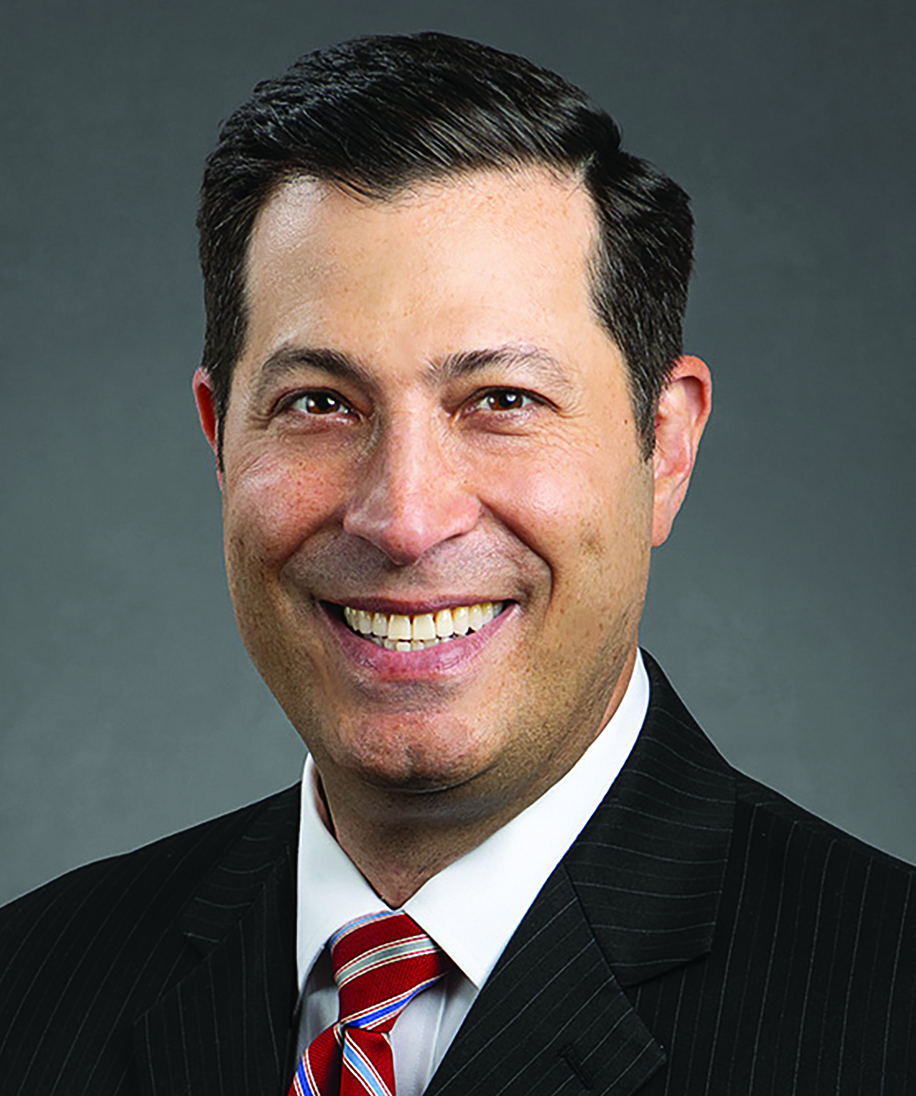Client Alert
PH COVID-19 Client Alert Series: Employers May Qualify for Significant Tax Credits and Government Reimbursements to Cover Paid Coronavirus-Related Leave
March 24, 2020
By Leslie Abbott , George Abele, Elena Baca, Jennifer Baldocchi, Marc Bernstein, Raymond Bertrand, Felicia Davis, Kenneth Gage, Joseph Opich , Stephen Turanchik & Lauren Smith
Click here to read more from our Coronavirus series.
On March 18, 2020, President Trump signed the Families First Coronavirus Response Act. The Act allows employees at companies with fewer than 500 employees to take paid leave for a multitude of reasons related to COVID-19. See PH COVID-19 Client Alert New Legislation on Paid Sick Leave and Employer Tax Credits). One recurrent question posed by employers has been what the mechanisms will be for the payroll tax credits associated with the expanded Family and Medical Leave Act leave described in sections 3101 through 3106 of the Act and the Emergency Sick Pay Act described in sections 5101 through 5111.
While the IRS continues to issue guidance, recent IRS statements have begun to better explain how the federal government will reimburse covered employers for the costs associated with the expanded FLMA leaves and emergency sick pay, as well as associated health insurance costs. While additional IRS guidance is expected later this week, currently the IRS indicates that these reimbursements will come in the form of payroll tax credits and accelerated refunds directly from the IRS.
When Does The New Law Go Into Effect?
The FFA was enacted on March 18 and “shall take effect not later than 15 days after the date of enactment of this Act.” Fifteen days from the date of enactment is April 2, 2020—the latest date by which employers should be prepared to comply with the new law. However, the “not later than” language suggests that the DOL could publish its guidance prior to April 2 and announce that the Act is effective sooner than that date.
Which Employers Are Eligible For The Credit?
Any employer with fewer than 500 employees that provides leave, as required by the Act, is eligible for the tax credit. The Act does not define who is considered an employee for purposes of the 500-employee threshold.
The Secretary of Labor has authority to issue regulations excluding certain health care providers and emergency responders from the definition of eligible employee.
How Much Is The Credit Worth?
The credit will cover the entire amount that the Act requires eligible employers pay. It also allows employers to claim additional tax credits to cover the cost of maintaining health insurance coverage for the employee during the leave period.
How Can Employers Claim The Credit?
Employers usually withhold federal income tax, as well as the employee’s share of Social Security and Medicare taxes, from their employee’s paychecks. Employers then deposit that amount, along with their share of Social Security and Medicare, with the IRS.
Eligible employers can instead retain whatever amount of payroll tax they need—including their share of Social Security and Medicare—to cover the Sick and Child Care leave paid to employees.
In other words, assume an employer must deposit $8,000 in payroll taxes with the IRS. And, due to the Act, that employer has paid $5,000 in sick leave. Under this program, the employer only has to send the remaining $3,000 to the IRS on its next, regular deposit date.
What If The Withheld Payroll Taxes Are Not Enough To Cover The Paid Leave?
If an employer cannot cover paid leave through withholding payroll taxes, it can file for an accelerated tax credit payment from the IRS. So, if the employer paid $5,000 in sick leave, but was only required to send $3,000 to the IRS in payroll taxes, it can keep the entire $3,000 and apply for a $2,000 accelerated tax credit. The IRS will expedite these requests, and expects to process them within two weeks or less.
The IRS has stated that it will release a streamlined claim form for employers to submit reimbursement requests this week.
Click here to read more from our Coronavirus series.
Contributors









For More Information








